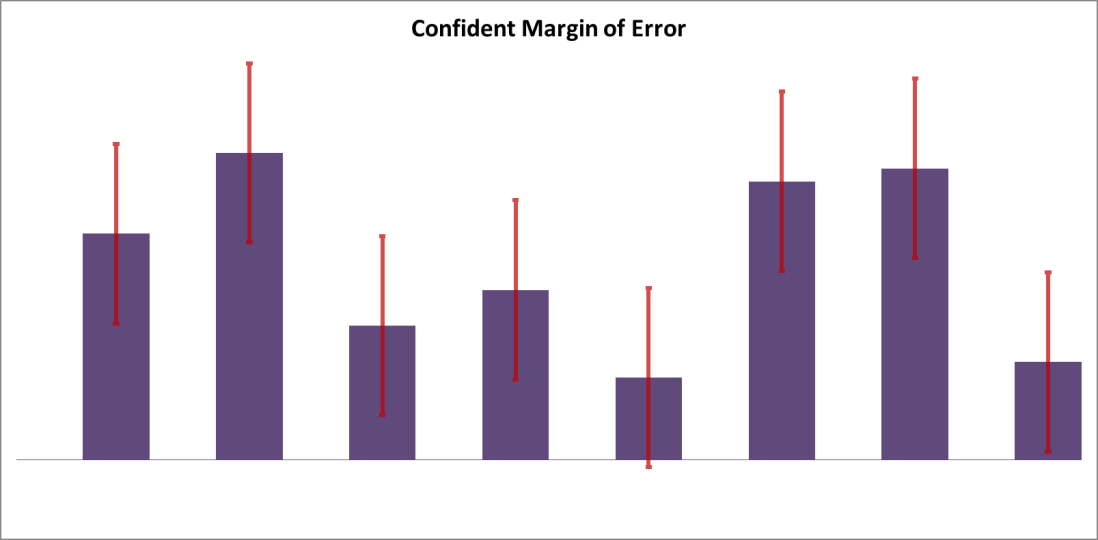What are tracking cookies, and how does cookieless tracking work? We will explore how to track with cookies and also how to track without cookies, and the solutions that use cookieless tracking for deeper marketing insights.
Cookies are not altogether dead as many would have suggested back in 2014, yet, the need for online tracking without cookies continues to rise, especially with the need for accurate attribution.
As users continue to utilize multiple devices from various locations throughout the day, the largest data analytics tracking companies are continuing to develop viable non-cookie options. The bottom line is—if you want precision tracking users online you will need a non-cookie based method. Google, Microsoft, Facebook, LinkedIn, and Twitter don’t provide them.
What are tracking cookies?
Tracking cookies are labels. They label web pages when they load and also label the user who visited. Cookies label demographic information for each user that visits a web page. The labels describe useful information about the users and the web pages they visited. Every cookie should be unique to every user and contain an ID that the platform uses to keep track.
Unlike a typical ID, the cookie does not contain directly identifiable information about the user. In fact, privacy conspirators rejoice because cookies are inherently incomplete identifying people behind the user. There are several flaws of cookie tracking and we will cover them all.
The flaws of cookie-based tracking

- USERS do not represent actual people; they are only a count of unique ID’s.
- USERS are not shared by different browsers, devices, or locations.
- USERS are easily deleted and often deleted by the people they supposedly represent.
- USERS are only unique to a specific time period and after that time are reset.
- USER counts are not perfectly precise and are often adjusted from the actual numbers by an unknown amount.
- Sampled USERS means you are only getting a distant snapshot and not precise data if you work with Custom Segments or add 2nd Dimensions to the data.
How do the flaws in tracking with cookies affect my analytics data?

The experience of users is greatly affected by cookies. Cookie data helps websites to remember preferences on websites; they ensure that websites are handling data securely, and they switch information in advertisements to make them more relevant.
Marketing is made more effective in every circumstance when the information that is communicated is personalized to the end-user. Cookies help to facilitate this personalization by storing information that will help to reduce spam and redundancy, and increase relevance.
The flaws have a direct impact on your marketing because whenever you calculate any metrics that rely upon your website counts, you will have data filled with artifacts and errors. Although they cause a lot of controversy in privacy, it is the business marketer who wants to make sure that they get what they pay for out of their web traffic:
- You need to know exactly how much traffic you are getting from channels you pay for.
- You need to know the quality of the traffic you are getting from channels you pay for.
- You would like to know that the traffic you are receiving is filled with real people.
These three demands do not seem that hard to answer, but with cookie-based tracking, you are taking an educated guess at the precision of your data. Statistics tell us that the only way to increase our confidence with the precision of our data is to increase the size of the sampled group so that it more closely matches the population it represents. Look at the graph below for an example:

In the graph above you can see the purple columns representing counts of data and in red, you will see the standard deviation for these averages based on a 99% confidence level. As you can see in the chart above, the data is accurate to a degree of error that falls within the red bars; the errors are very large for this small data set. This oversimplified example shows how data is skewed in small numbers… and how large the chance for error.
My website has hundreds of thousands of user traffic. Is that a large enough sample?
As mentioned, the only way to diminish the flaws of user traffic is to significantly increase the data size. As many have questioned before, if you have web traffic in the hundreds of thousands a day, is that enough to minimize the flaws and have more precise results?

Just like their confectionary counterpart, your data is as good as what you put in. If you want 90% precision in your data then you should expect to rely on results that are 90% accurate. Feel free to be as demanding as your organization needs. This is a decision that has to be made at the beginning and one that must be lived with. If you want chocolate chip, you need to put chocolate chips into the dough. If you want peanut butter, you need to put that into the dough. The same goes for measuring web traffic, leads, phone calls, bounces, visitors, sessions, and ultimately attribution.
How does cookieless tracking work?
Cookieless tracking gets much more intricate with what it can track rather than relying on users, which, as outline above, have many flaws in accurate tracking. Basically, with cookieless tracking, there is still a script that runs when someone visits your site. The data that this script captures is not stored in a cookie in the visitor’s browser, but sent to an analytics server that stores the streaming data.
Cookieless tracking allows you to track people not only cross-domain, but also cross-device.
Cross-device tracking without cookies
Cross-device tracking means that no matter where consumers are searching for you – desktop, laptop, smartphone, etc. – you can accurately attribute them and see their real, complete customer journey.
Microsoft, Facebook, Twitter, Google, and LinkedIn, to name only a few tracking platforms, are slowly shifting away from cookies. They are completely aware of the flaws outlined, yet most have not leaped into the cookie-less world.
Why stick with cookie tracking?
Cookies are not easily replaced. Technology has come a long way in the decades since the inception of the internet, and there is still a lot of valuable information that can make use of cookies. Locally shared and flash-based versions of cookies help applications to load, servers log information into cookies, and developers use them second-hand to ensure that everything is working.
The transition means changing to a new system and having to force marketers to adopt. Privacy laws are still barely catching up and entrepreneurs have to cope with those privacy entry barriers. The services paving the way are making use of cookieless tracking by showing off all the innovative techniques for personalizing marketing. So while cookieless tracking is a more precise way to track, not everyone is quite there yet.
The future is a cookieless world
As long as organizations are creating cookieless tracking systems that allow for protecting privacy, they will be steps ahead of even the largest platforms in the world. The innovations that are available to marketers who are loosed from the flaws of cookie tracking are numerous.
A brief walk-thru of EveryLead’s cookieless tracking
We can’t talk about tracking that does not use cookies without mentioning our own product that does just that. If you want precise web reporting, then we recommend that you learn more about EveryLead, CallSource’s cookieless tracking system. We put a lot of time and effort into creating a privacy protected non-cookie tracking system that would deliver to marketers the capabilities of accurate reporting all in one place.
Start tracking your leads without relying on unreliable cookies.
Get EveryLead.
I want to talk to someone about utilizing cookieless tracking for my business.
